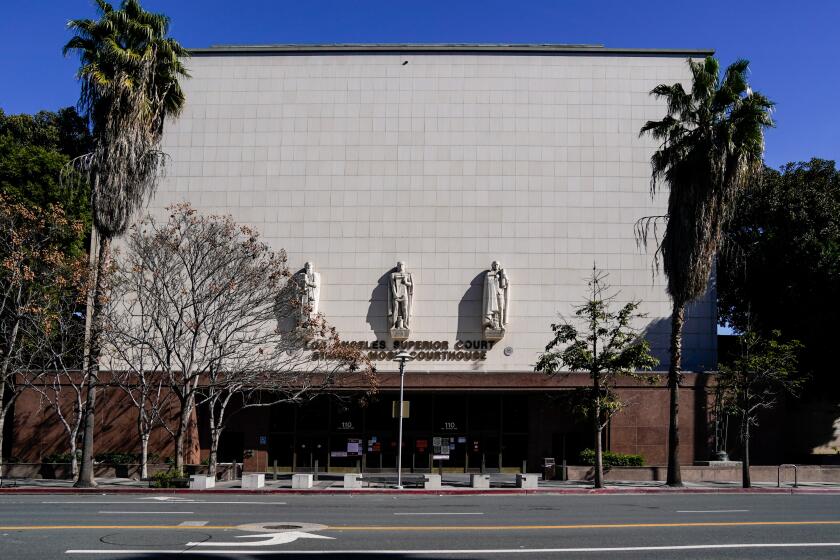L.A.’s truancy trouble -- a fresh look
It’s no secret that school attendance is a good indicator of a child’s future success. Students who are chronically tardy or who cut school tend to lag academically and are ultimately more likely to drop out. But how to prevent truancy is a vexing question.
Next week, the Los Angeles City Council will consider whether to amend the existing “Juvenile Daytime Curfew Ordinance” that allows police to conduct sweeps and issue hefty tickets to truants and replace it with a policy that requires counseling and mandatory community service for first- and second-time offenders. That’s a sensible and much-needed change.
Under the current rules, city and school police may issue tickets of up to $250 to students who are out on the streets during school hours or who arrive at school late. The cost of such tickets often balloons to more than $1,000 after court fees and state fines are added. And school officials, who might be better able to help address the underlying issues than police and court officials, are never notified of the tickets.
The problem is that students, especially poor ones, often can’t afford to pay the fines. Indeed, some choose to avoid school altogether rather than risk being cited for showing up late. So rather than deterring truancy, such fines may be fueling absenteeism. Statistics are hard to come by, but what’s known is that between 2005 and 2009, the police issued more than 47,000 tickets; the truancy rate during the same period increased from 5% to more than 28%, according to the California Department of Education. That’s hardly a success story.
The proposed rules won’t end truancy, but they offer a more common-sense approach to dealing with young people who are trying to stay in school. Barring police from giving tickets in the first hour after the start of school as students are headed to class might give some breathing room to those who rely on public transportation, for instance. Mandatory counseling could help students who face problems at home.
Districts that have implemented similar changes have seen a marked improvement in attendance. In 2008, Alhambra Unified School District adopted new measures, including counseling and school assistance. The district, which has more than 18,000 students, predominantly low-income immigrants, saw a 42% reduction in truancies the next year, according to a report by the L.A. County Education Coordinating Council.
No doubt some will argue that Los Angeles’ proposal offers kids a free pass. That’s simply not true. Police would still have the authority to ticket minors who are intentionally and repeatedly avoiding school or who are involved in illegal activities. What the new rules would do is give those students struggling to remain in school a better chance of succeeding.
More to Read
A cure for the common opinion
Get thought-provoking perspectives with our weekly newsletter.
You may occasionally receive promotional content from the Los Angeles Times.






